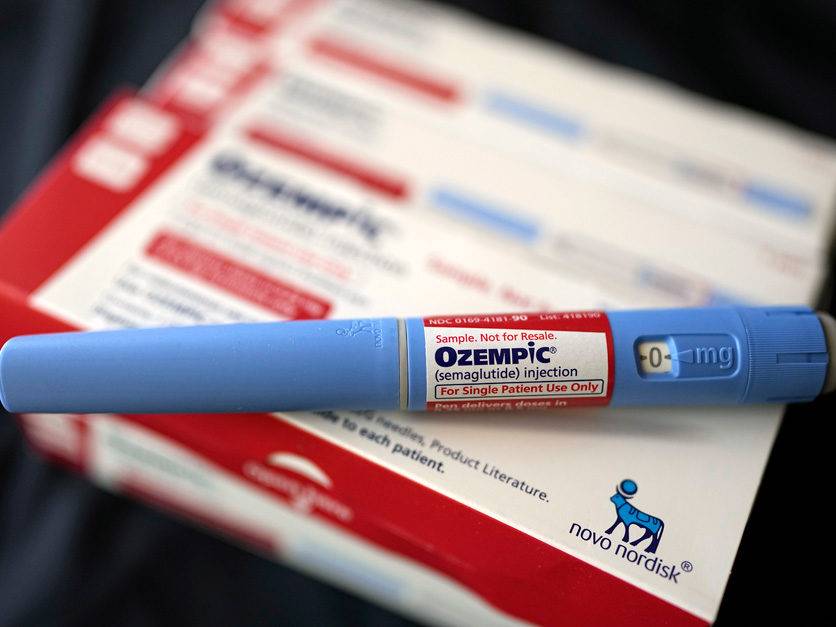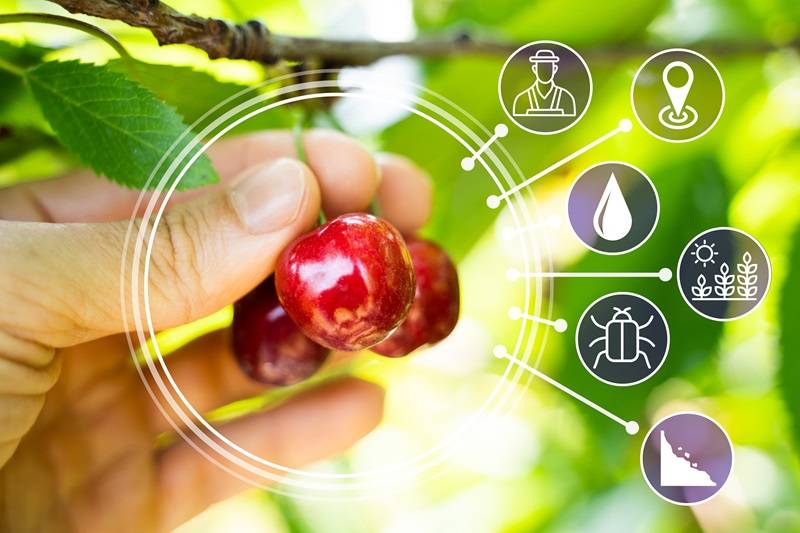This summer, I had the privilege of attending the Michigan AgroExpo show where I had the opportunity to discuss the political and economic trends that are currently shaping the dairy business environment. One of the key messages that I shared was that, despite facing challenges such as avian influenza, ongoing Federal Order reform, and a weak export outlook, the fundamentals of the U.S. dairy industry remain robust and resilient.
Consumer demand for dairy products continues to rise, with refrigerated and frozen dairy products now representing the largest category in retail with $76 billion in sales. Innovations in healthy snacking options are creating new growth opportunities for the industry, and fluid milk sales are experiencing positive growth for the first time in 15 years. This growth is being driven by the popularity of lactose-free, value-added milk, and private-label whole and reduced-fat milk options. Despite inflationary pressures in the food and beverage sector, dairy products remain one of the most affordable and nutritious options for consumers and foodservice customers alike.
To meet this growing demand, dairy companies are investing heavily in modernizing their operations and expanding their production capacity. With investments totaling over $8 billion in more than two dozen states, processors are embracing technology such as automation, machine learning, and artificial intelligence to enhance safety, quality, and efficiency in their plants. These advancements are driving greater sustainability gains and efficiency improvements throughout the dairy supply chain.
U.S. milk production has remained consistent and reliable despite various challenges, including weather events, supply chain disruptions, and the global pandemic. The rising value of milk components is creating new opportunities for dairy ingredients to deliver health and wellness benefits to consumers worldwide. The impending resolution of Federal Order pricing by the federal government, along with the growing market for extended shelf-life (ESL) milk, is expected to unlock even greater potential across the dairy supply chain.
As the dairy industry continues to evolve, the International Dairy Foods Association (IDFA) is focused on advocating for policies that remove barriers, foster innovation, create growth opportunities for members, and support the next generation of leadership. With changes in leadership at the federal level looming, it is crucial for IDFA and its members to engage with new political and policy leaders and highlight the positive contributions of the dairy industry to health, local communities, and the national economy.
Building lasting relationships with lawmakers, collaborating with regulators, and engaging in grassroots advocacy efforts are essential for advancing the interests of the dairy industry. By becoming an IDFA grassroots advocate, individuals can make a meaningful impact on policies that affect the industry. Looking ahead, the next year holds exciting opportunities for U.S. dairy, with IDFA remaining committed to driving growth both domestically and internationally, supporting innovation, advocating for pro-growth policies, and connecting dairy products with consumers.
In conclusion, the U.S. dairy industry is well-positioned to navigate challenges and capitalize on opportunities for growth and innovation. By investing in modernization, embracing technology, advocating for supportive policies, and engaging with stakeholders, the industry can continue to thrive and deliver high-quality dairy products to consumers around the world.




